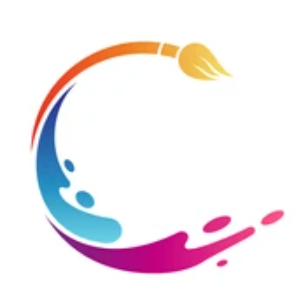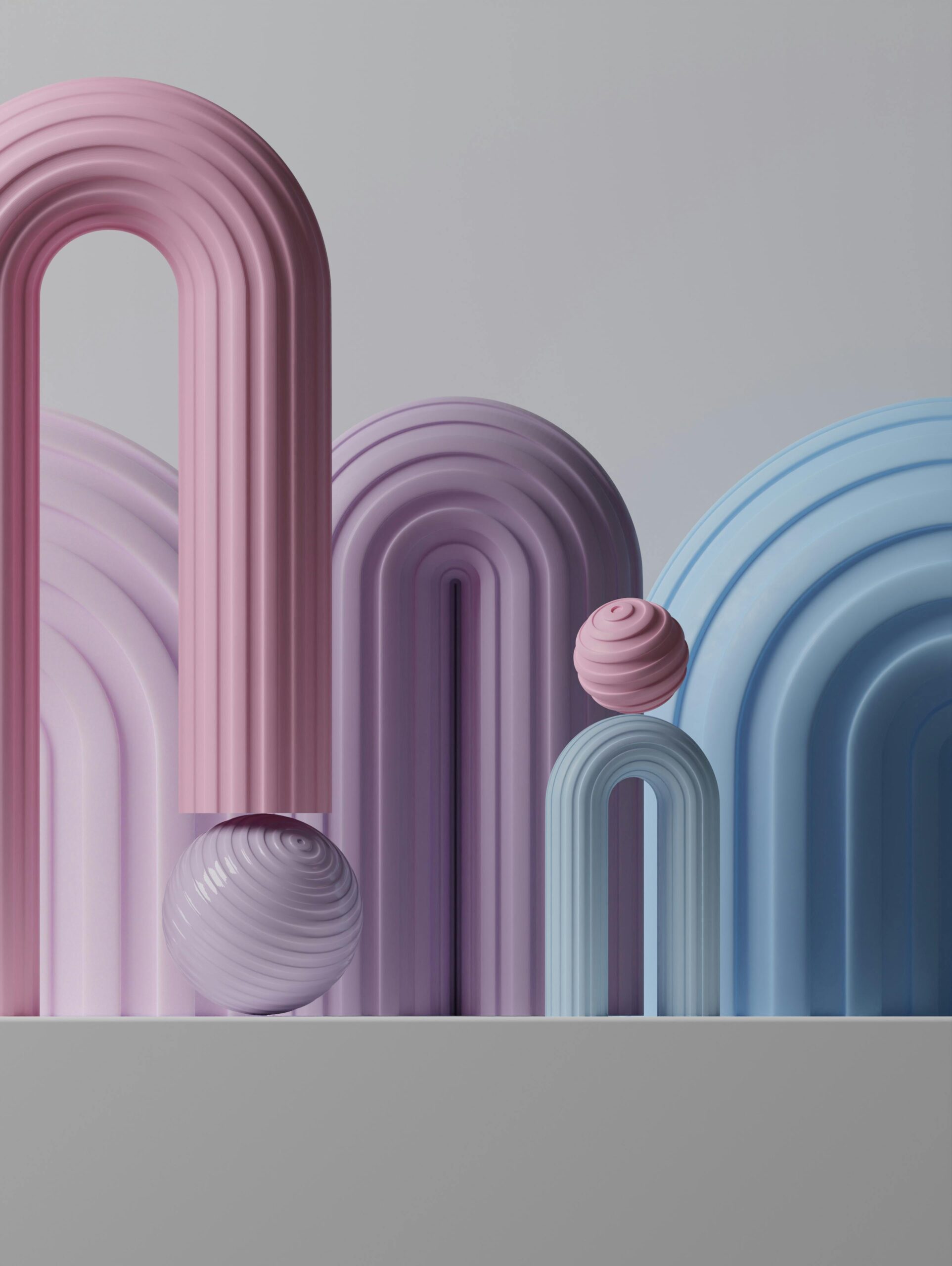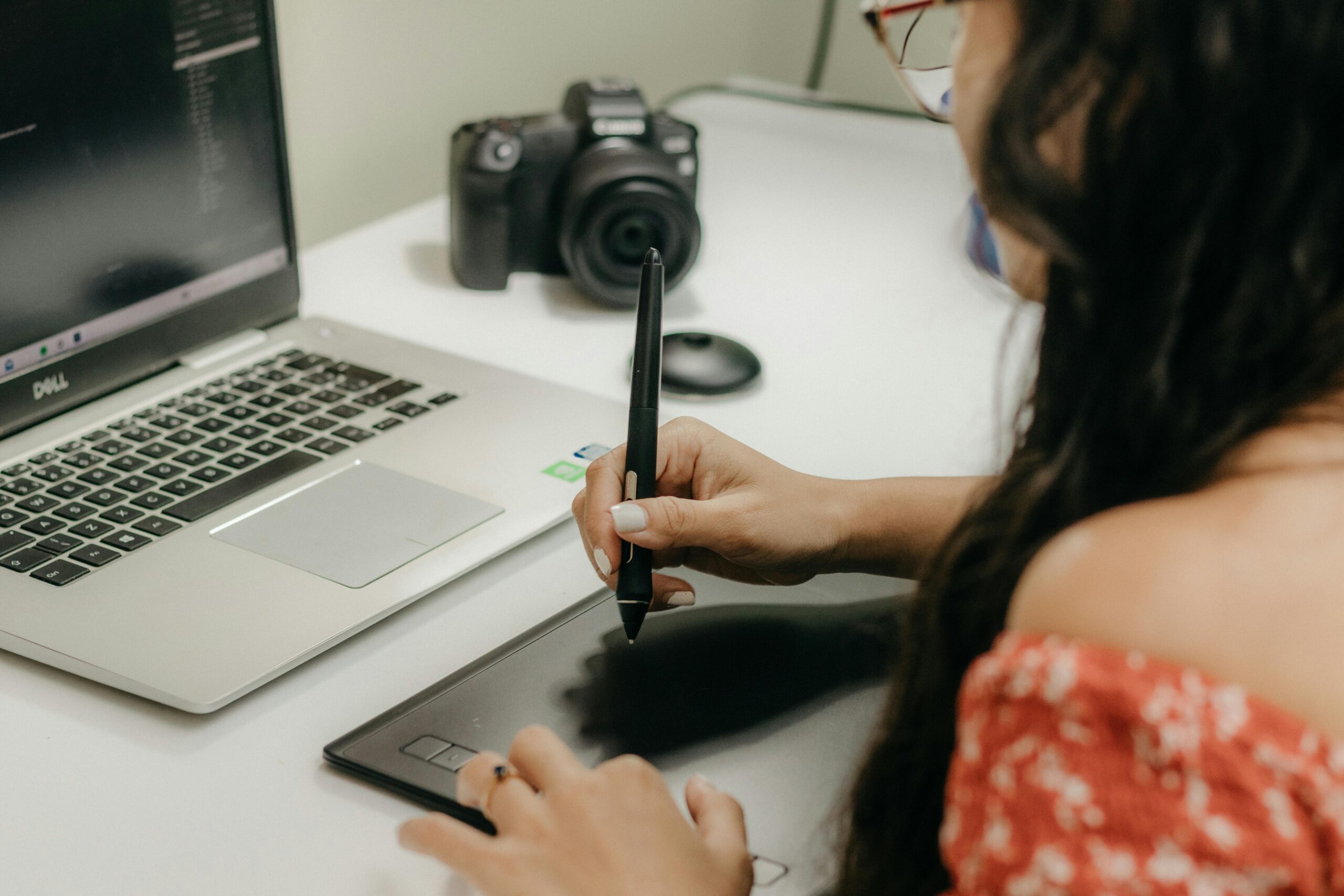When I first got into vector illustration, I was fascinated by how the art style has evolved over the years. From the bold, blocky aesthetics of vintage posters to the sleek, minimalist designs of today, vector art has transformed alongside technology, trends, and the needs of designers.
Both retro and modern vector styles have their own unique appeal, and I love exploring how they influence everything from branding to digital art. If you’ve ever wondered how vector design has evolved or if you’re trying to find inspiration for your next project, let’s take a deep dive into how vector styles have changed over time and where they might be headed next.
The Retro Vector Aesthetic: Bold, Vibrant, and Nostalgic
The roots of vector art go back to mid-century graphic design, where advertising, posters, and magazine illustrations featured bold, hand-drawn elements with limited color palettes. Some of the most iconic retro styles that still influence vector art today include:
1. 1950s-1970s: The Birth of Commercial Vector-Like Art
Before digital vector tools, illustrators created flat, vibrant illustrations using hand-drawn techniques. Some characteristics of this era include:
🎨 Thick outlines and flat colors – Think vintage comic books and pop art.
🎨 Screen printing textures and halftones – Used for posters and advertisements.
🎨 Playful, exaggerated characters – Found in cartoons and mid-century branding.
One of my favorite inspirations from this time is Saul Bass, a graphic designer known for his minimalist yet expressive movie posters and title sequences (Vertigo, North by Northwest). His work used simple vector-like shapes, limited colors, and bold typography—an approach that is still used today in modern vector design.
2. 1980s-1990s: The Digital Revolution Begins
By the 1980s, early digital tools started shaping vector design. This era brought in:
🕶 Neon gradients and geometric shapes – A key feature of the 80s synthwave aesthetic.
📼 Pixelated and vector hybrid designs – Seen in early video game art and advertisements.
🖥 Adobe Illustrator (1987) – This software changed the game, making it easier to create clean, scalable vector graphics.
I still love incorporating 80s-inspired gradients and geometric compositions into my work—it adds an element of nostalgia while still feeling fresh and vibrant.
The Modern Vector Aesthetic: Minimal, Versatile, and Clean
Fast-forward to today, and vector art has become smoother, more precise, and highly versatile. Modern vector design is driven by:
1. The Rise of Flat Design & Minimalism (2010s-Present)
Gone are the over-the-top gradients of the early 2000s—modern vector art embraces flat, minimal, and clean compositions. Features include:
🌍 Simple, bold color palettes – Less shading, more clarity.
🔲 Geometric, precise shapes – Think of UI icons, app graphics, and logos.
📱 Scalability for digital use – Designed to be responsive across mobile and desktop screens.
Apple, Google, and many big brands have shifted toward flat vector design because it’s clean, professional, and easy to read on all devices.
2. The Comeback of Gradients & 3D Depth (2020s)
While flat design is still popular, the past few years have seen a resurgence of:
🎨 Soft gradients – Instead of harsh 90s neon, we see subtle, pastel-like transitions.
📦 3D vector illustrations – Used in branding, product illustrations, and UI design.
✨ Blended retro-modern aesthetics – Think neon 80s meets futuristic minimalism.
I love how modern vector art combines functionality and aesthetics, making designs versatile, sleek, and visually engaging.
Retro vs. Modern: Which Vector Style Should You Choose?
Both retro and modern vector styles have their own advantages, and the best one for your project depends on your audience, brand, and creative vision.
| Feature | Retro Vector Style | Modern Vector Style |
|---|---|---|
| Aesthetic | Nostalgic, bold, playful | Clean, sleek, minimalist |
| Color Palette | Muted tones, warm colors, grainy textures | Bright, solid colors, smooth gradients |
| Usage | Posters, retro branding, vintage ads | Digital apps, websites, UI design |
| Best For | Fun, expressive branding | Professional, corporate, and scalable designs |
For instance:
- If I’m designing a fun, retro-style poster, I’ll use bold, thick outlines and halftone textures.
- If I’m working on an app interface, I’ll stick to minimal, clean icons that are easy to read on screens.
The best part? You can blend both styles! A mix of retro-inspired elements with modern, clean execution can create something truly unique.
The Future of Vector Art
Looking ahead, I think we’ll see:
🔮 More interactive vector art – Animated SVGs and motion graphics will keep growing.
🎭 AI-assisted vector creation – Tools like Adobe Sensei and AI-powered design software will make vector art even more accessible.
🌈 Fusion of retro & futuristic elements – Think 80s neon meets ultra-modern UI design.
As a designer, I love seeing how vector art continues to evolve. Whether you’re drawn to the bold expressiveness of retro design or the clean precision of modern vectors, there’s always something new to explore.
So, whether you’re designing a retro poster or a sleek website icon, just remember: vector art is timeless, and its possibilities are endless! 🎨✨


